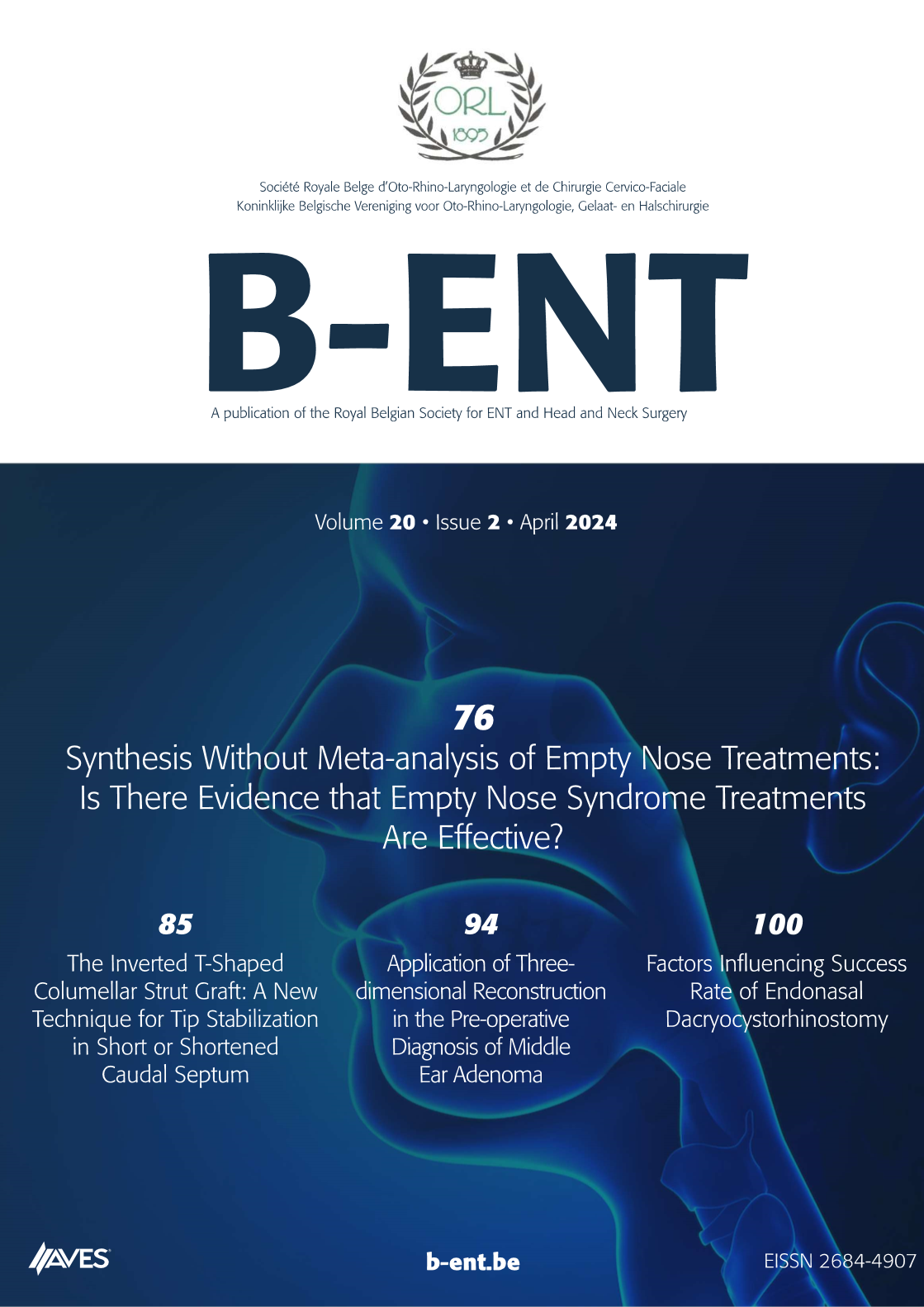Effects of different suture materials on wound healing and infection in subcutaneous closure techniques. Background: In this study we aimed to investigate the effects of different suture materials on wound healing and infection in subcutaneous closure techniques.
Materials and methods: Twenty-nine rats were randomly allocated to 5 groups. All subjects received 2-cm vertical dermal and subdermal incisions on their backs under sterile and proper surgical conditions. The subdermal cuts were then closed with vicryl (polyglycolic acid), biosyn (monofilament glycomer), prolene (polypropylene) and tissue adhesive (2- octylcyanoacrylate). After 10 days, all sutured areas were examined for seroma, haematoma formation and cosmetic outcome. The incisional lines were excised with 1-cm-wide skin strips and tissue hydroxyproline levels were determined. The specimens obtained were evaluated for the presence of giant cells, mononuclear cells, fibrosis and neutrophils.
Results: No differences in tissue hydroxyproline levels were found between any of the suture materials used. Fibrotic process and inflammatory cell infiltration were more prominent in the biosyn and prolene groups than in other groups. Foreign body giant cells were observed in the biosyn group.
Conclusion: Vicryl and tissue adhesive should be preferred in subcutaneous closure techniques.



.png)
